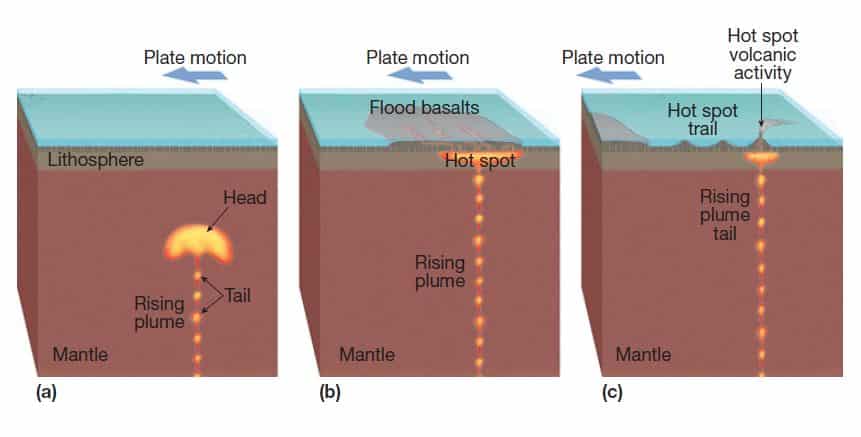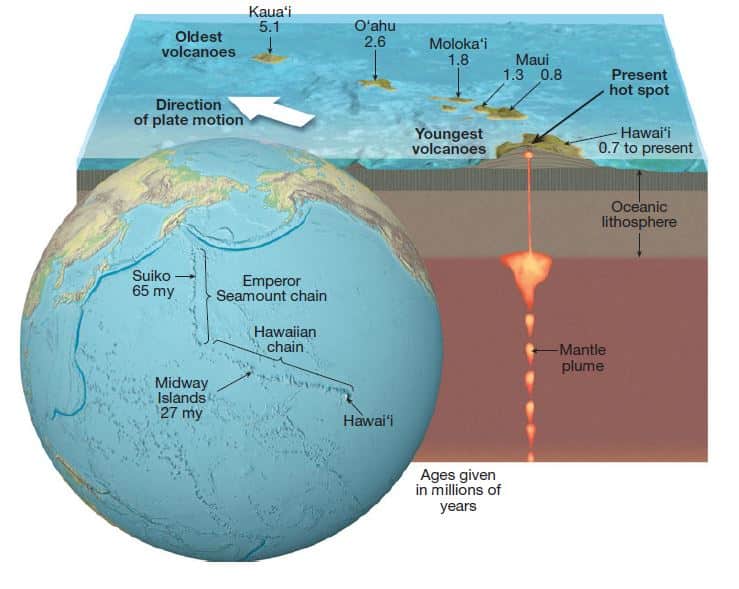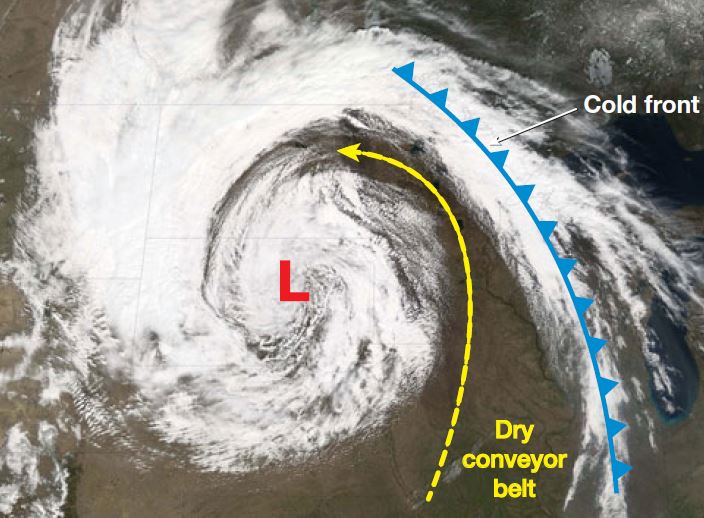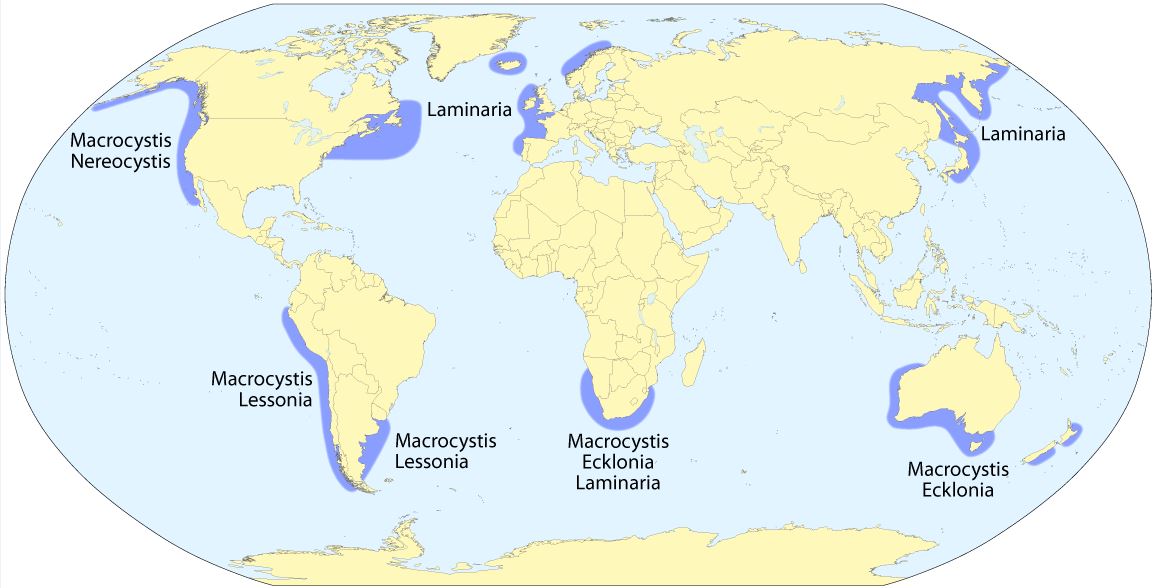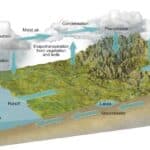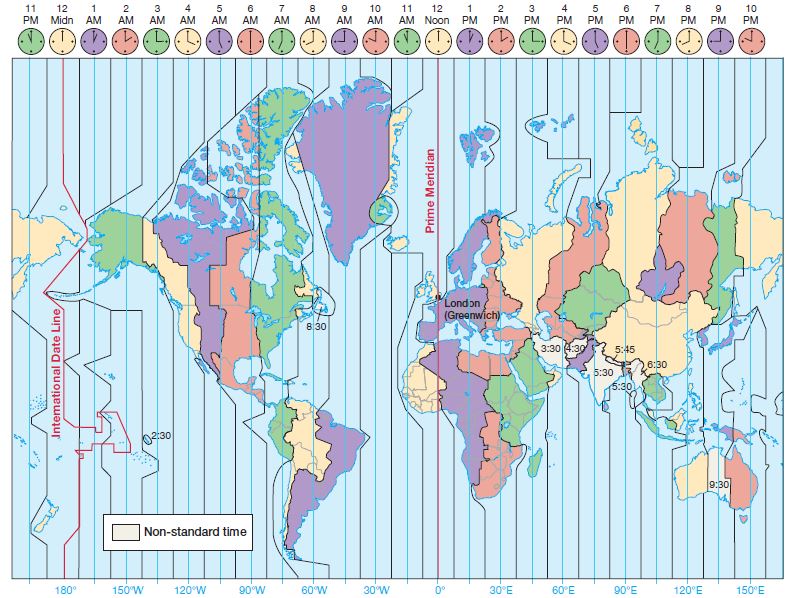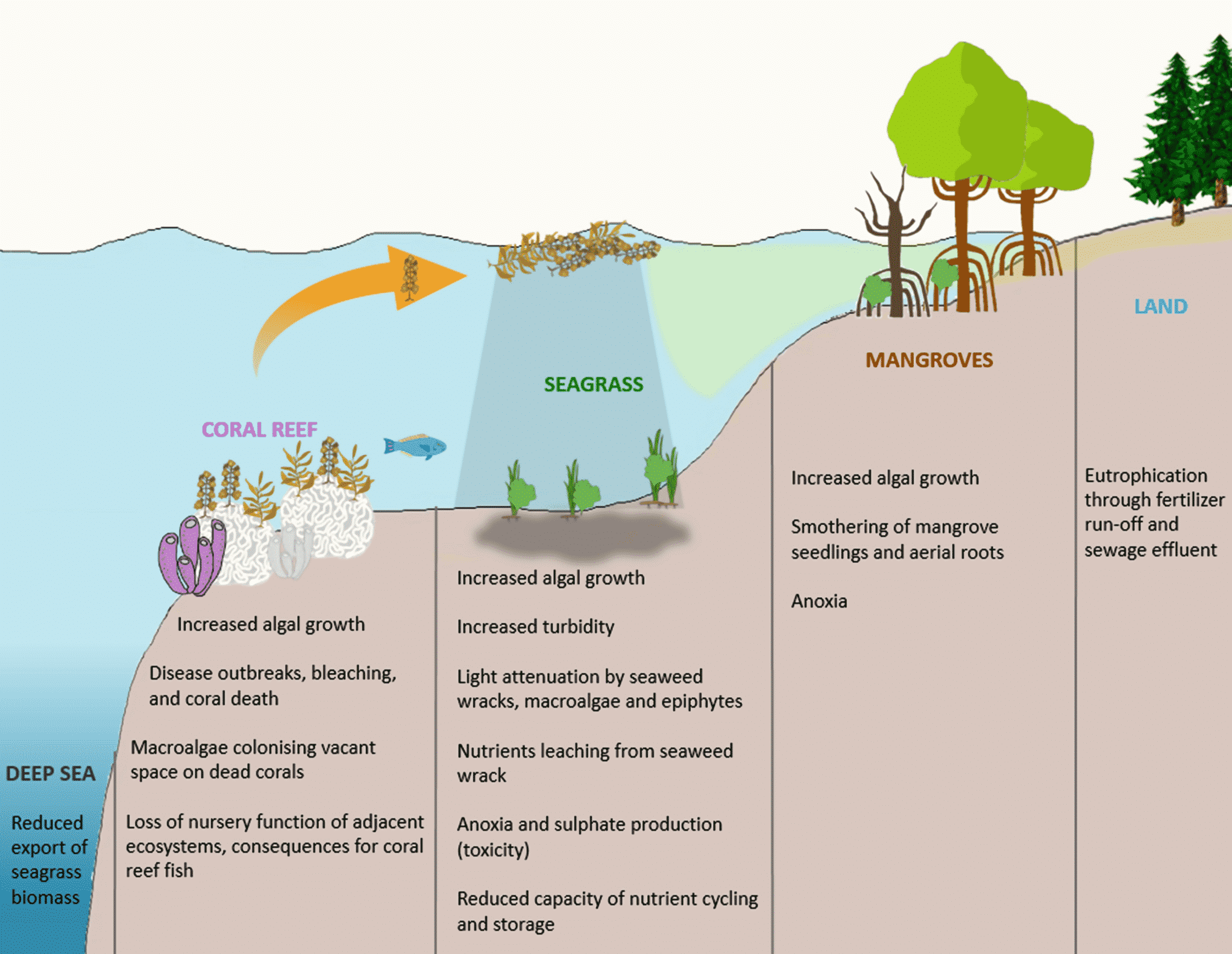Table of Contents
Hotspots, Mantle Plumes and Accreted terranes | UPSC – IAS
(ADDITIONS TO PLATE TECTONIC THEORY)
With each passing year, we learn more about plate tectonics. Two examples of important additions to plate tectonic theory are hot spots and accreted terranes.
HotSpots and Mantle Plumes | UPSC – IAS
One augmentation to plate tectonic theory was introduced at the same time as the original model. The basic theory of plate tectonics can explain tectonic and volcanic activity along the margins of plates, however, there are many places on Earth where magma rising from the mantle comes either to or almost to the surface at locations that may not be anywhere near a plate boundary. These locations of volcanic activity in the interior of a plate are referred to as hot spots, more than 50 have thus far been identified.
Image Explanation:- The idealized mantle plume model of hot spot origin. A plume of heated material rises from deep within the mantle. When the large head of the plume reaches the surface, an outpouring of flood basalt results. Plate motion carries the flood basalts off the stationary plume and a new volcano or volcanic island forms. As the moving plate carries each volcano off the hot spot, it becomes extinct, resulting in a straight-line “hot spot trail.” As volcanic islands move off the hot spot, the plate cools, becomes denser, and subsides; some islands may eventually sink below the surface to become seamounts.
Explaining Hotspots | UPSC – IAS
To explain the existence of hot spots, the mantle plume model was proposed in the late 1960s. This explanation suggests that midplate volcanic activity develops over narrow plumes of heated material rising through the mantle – perhaps originating as deep as the core – mantle boundary. Such mantle plumes are believed to be relatively stationary over long periods of time (in some cases, as long as tens of millions of years). As the magma rises through the plate above, it creates hot spot volcanoes and/or hydrothermal (hot water) features on the surface – often after an initial large outpouring of lava known as flood basalt.
- The plate above the hot spot is moving, so the volcanoes or other hot spot features are eventually carried off the plume and become inactive, while in turn new volcanic features develop over the plume, so generating a straight-line hot spot trail.
- Volcanic islands carried off the hot spot may eventually subside to form underwater seamounts as the oceanic lithosphere cools and becomes denser.
- Because many hot spots seem to be effectively fixed in position for long periods of time, the hot spot trails they produce can indicate both the direction and speed of plate motion with seamounts becoming progressively older in the direction of plate movement.
The Hawaiian Hotspot | UPSC – IAS
The most dramatic present day example of a hot spot is associated with the Hawaiian Islands. Although both developed over the same hot spot, the ancient volcanic remnants of Midway Island are now 2500 kilometers (1600 miles) northwest of the presently active volcanoes on the Big Island of Hawai‘i, separated in time by more than 27 million years.
The volcanoes of the Hawaiian chain are progressively younger from west to east; As the Pacific Plate drifts northwestward, new volcanoes are produced on an “assembly line” moving over the persistent hot spot .
Image Explanation:- The Hawaiian hot spot. A hot spot has persisted here for many millions of years. As the Pacific Plate moved northwest, a progression of volcanoes was created and then died as their source of magma was shut off. Among the oldest is Midway Island. Later volcanoes developed down the chain. The numbers on the main islands indicate the age of the basalt that formed the volcanoes, in millions of years before the present.
After the Big Island is carried off the hot spot by the movement of the plate, the next Hawaiian island will rise in its place – in fact, scientists are already studying the undersea volcano Lōʻihi (seamounts) it builds up on the ocean floor just southeast of the Big Island. Other well-known hot spot locations are
- Yellowstone National Park,
- Iceland, and
- The Galapagos Islands.
Recent research indicates that the complete explanation of hot spots may turn out to be more complex than the original mantle plume model suggested. Seismic tomography —a technique that uses earthquake waves to produce a kind of “ultrasound” of Earth – suggests that the magma source of at least some hot spots is quite shallow, whereas the source for others are mantle plumes originating deep from within the mantle.
Further, some researchers cite evidence suggesting that several mantle plumes may have changed location in the geologic past. For example,
Emperor Seamounts—a chain of seamounts to the northwest of Midway Island—are part of the Hawaiian hot spot trail, but they appear to divert quite significantly in direction from the straight line of the rest of the Hawaiian chain.
This “bend” in the hot spot trail is due either to a significant change in direction of the Pacific Plate about 43 million years ago or to the migration of the hot spot itself—perhaps both. As additional information is gathered, a more complete understanding of hot spots, mantle plumes, and mid plate volcanic activity will likely emerge.
Accreted Terranes | UPSC – IAS
A more recent discovery has helped explain the often confusing juxtaposition of different types of rock seen along the margins of some continents. A terrane is a small to- medium mass of lithosphere – bounded on all sides by faults – that may have been carried a long distance by a moving plate, eventually to converge with the edge of another plate.
- The terrane is too buoyant to be subducted in the collision and instead is fused (“accreted”) to the other plate, often being fragmented in the process. In some cases, slices of oceanic lithosphere have accreted in terranes (including the accumulated sediment in what is called the accretionary wedge of a subduction zone); in other cases, it appears that entire old island arcs have fused with the margin of a continent.
- Terranes are distinctive geologically because their lithologic complement (types of rock) is generally quite different from that of the plate to which they are accreted.
- It is generally believed that every continent has grown outward by the accumulation of accreted terranes on one or more of its margins.
- North America is a prominent example: most of Alaska and much of western Canada and the western United States consist of a mosaic of several dozen accreted terranes, some of which have been traced to origins south of the equator.
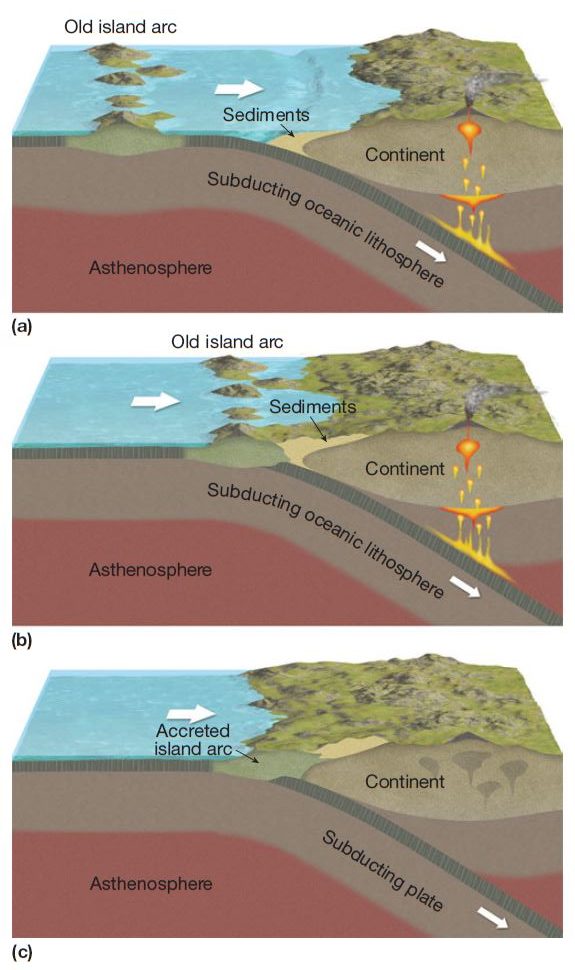
Image Explanation:- The origin of an accreted terrane in a convergent boundary. (a) A moving oceanic plate carries along an old island arc. (b) The oceanic plate converges with a continental plate. (c) The oceanic plate begins to subduct under the continental plate, but the island arc is too buoyant for subduction and so is accreted to the continental plate.

